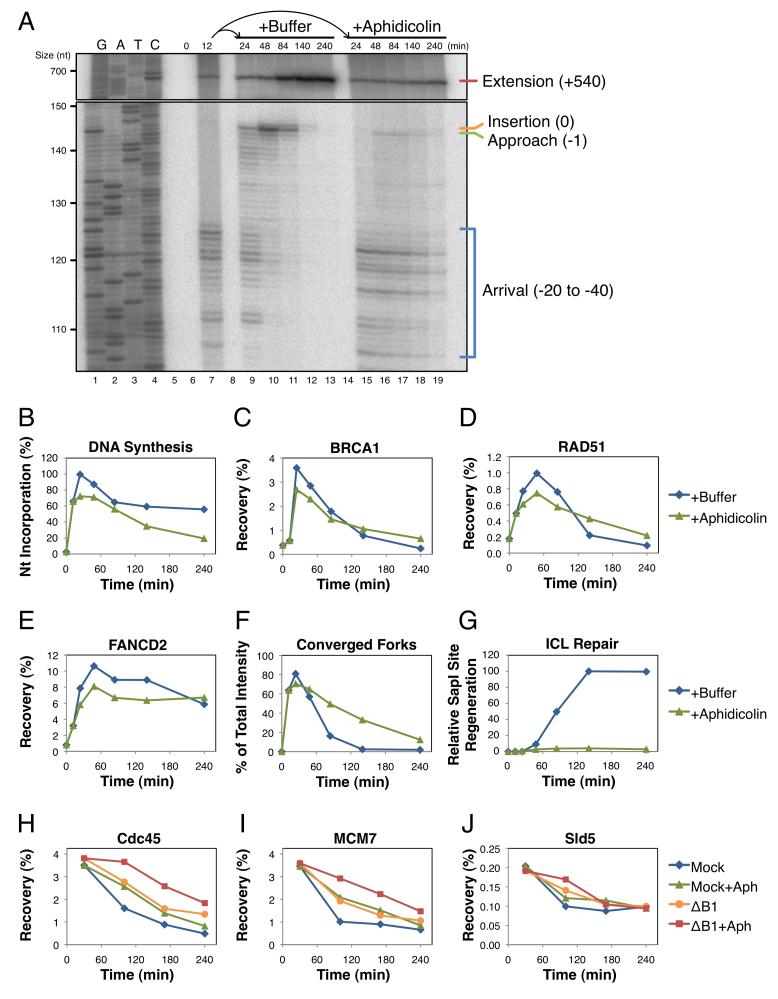Figure 7. BRCA1 and DNA polymerase independently promote helicase unloading.
pICL was replicated in egg extract for 12 minutes. The reaction was then split and supplemented with buffer (+Buffer) or 50 μM aphidicolin (+Aphidicolin) to block polymerase activity. Samples from the same reaction were analyzed by: (A) denaturing polyacrylamide gel electrophoresis, (B) agarose gel electrophoresis to determine the efficiency of replication, (C-E) ChIP with the indicated antibodies, (F) 2DGE to visualize the accumulation of converged forks, and (G) agarose gel electrophoresis to determine the efficiency of ICL repair. See Figure S5 for primary gel data, quantification of nascent strand products, and ChIP recovery at the FAR locus. (H-J) pICL was replicated in mock-depleted (Mock) or BRCA1-depleted (ΔB1) extract for 30 minutes. Each reaction was then split and supplemented with buffer or aphidicolin (+Aph) to block polymerase extension. Protein recruitment to the ICL was analyzed by ChIP with the indicated antibodies. See Figure S6 for primary experimental data.

